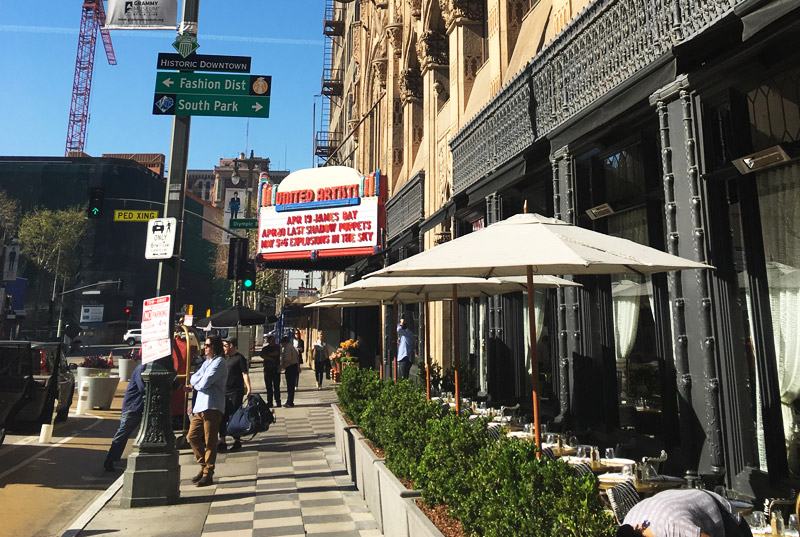
There’s a scene in Woody Allen’s Midnight in Paris, when Gil, played by Owen Wilson, is reminiscing about a time he never lived in; “Imagine this town in the ’20s,” he said of Paris. There was something forlorn about it, a regret that he was living now instead of then. Though Allen portrays this romanticisation as an unnecessary human characteristic (“it’s a flaw in the romantic imagination of those people who find it difficult to cope with the present”), there was something we could all relate to in the thought. Who hasn’t sat somewhere in the world and imagined life there 100 years ago?
While some places have certainly improved vastly since the 1920s, others have been met with disrepair and poor management, resulting in a destination that makes a forlorn reflection on a better past a worthy endeavour. For a long time, Downtown Los Angeles was one of those places. When I lived in California in the 1990s, you never went Downtown in Los Angeles unless you were working by day or seeing a show at the Ahmanson Theatre by night. It was what you’d consider a “get in and get the hell out of there” destination. Though surrounded by skyscrapers, the few that lived there were among the poorest in Los Angeles, and the few that worked there couldn’t leave quickly enough. Buildings that were once considered architectural marvels had been left in disrepair, and most businesses that may have once enticed people to the area had closed up shop or moved elsewhere.
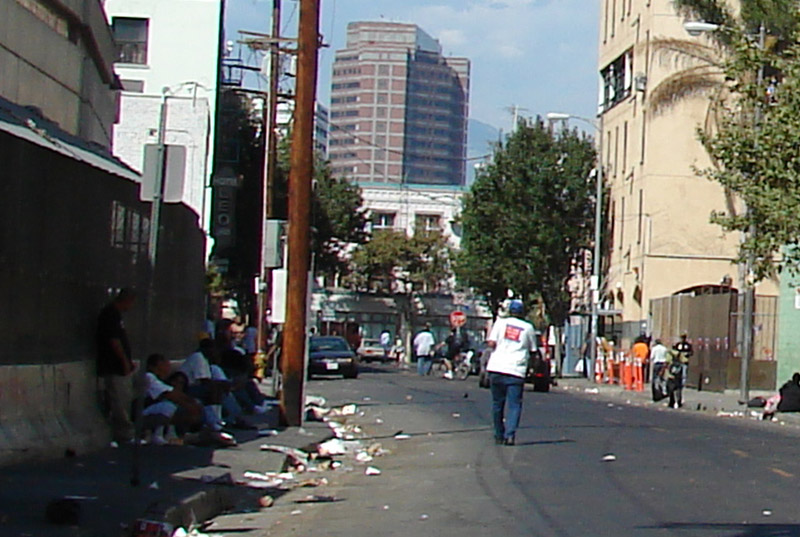
As the 1990s progressed, however, several major projects came into play that would go on to change the region forever. For some, the intent was clear, but it would take some fifteen years before the changes that corporations and government made to the area started to see the benefits they had intended of it. Over this period, the population has doubled, the median income of the area has increased by more than six times, and the median age of its residents has dropped drastically. After decades of disrepair and mismanagement, Downtown LA is now one of the most sought after destinations in the city, with million dollar apartments going up in a region that used to struggle to occupy as low income housing.
So, what led these changes? Much of it was simply allowing the city to move back towards its former glory. In the 1920s, Downtown Los Angeles rivaled New York City in terms of its rail transit, banking operations, shopping and cultural experiences. With a vibrant potpourri of theatres, cinemas, grand hotels, bars and restaurants, it was the place to be. But by the time I first encountered the area in the early 90s, it was a ghost town. These beautiful, heritage buildings sat closed and locked up – that’s if they hadn’t been knocked down and replaced with a car park. Cinemas and theatres that were once the envy of the Western world were run down and barely operating – if at all.
Then in 1999, came the Staples Center. It’s an arena that has famously sat as the home of the NBA’s Lakers and the Clippers, and the NHL’s Kings since its launch. Sitting right next to the LA Convention Centre, it’s also used for some of Los Angeles’ most high profile concerts, such as Bruce Springsteen and the E Street Band, who opened the venue in October ’99. Its addition to the area proved to be the catalyst for change that the area sorely needed, while directly permitting the birth of the adjacent L.A. Live entertainment complex, which opened 8 years after the Center. Here, you’ll find the Microsoft Theatre, Club Novo, The Grammy Museum, hotels, restaurants and more.
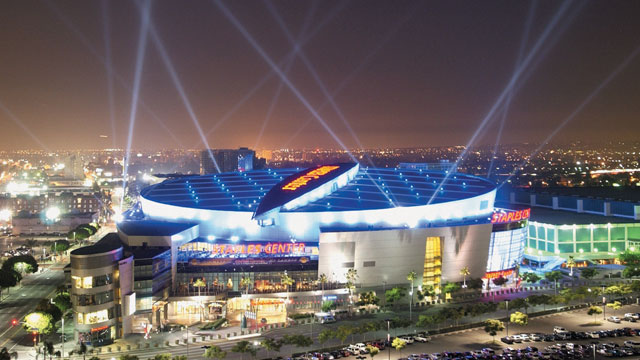
A look at the Metro Rail Network that connects passengers to the area also showcases another factor of change to the area: vastly improved public transport options. Though in the early 1900s the area had some of the densest above rail transport options in America, by the 80s, these had been completely removed, making way for new freeways, more car travel and an underused bus network. In 1990, the first line of a new Metro Rail Network – the Blue Line – opened, which would go on to service the Staples / LA Live complex. The nearby station added a second line – the Expo Line – in 2012, which connected the area to Santa Monica back in May. Something that existed in the first 60 years of the 20th century – during Downtown’s Golden Age – now five Metro rail lines are once again connecting Downtown LA to the rest of the region.
Once the interest in the area started becoming clear, the laws started changing. In 1999, by way of the “adaptive reuse ordinance,” developers were encouraged to redevelop existing buildings, primarily – at first – for new accommodation in the area. One great example of this reuse is the Ace Hotel, which opened in 2014. The small hotel chain has made a habit of reusing spaces around the US, so with this ordinance in play, Downtown LA became an obvious fit for the brand. They occupied the old United Artists building, resorting the Theatre to its former glory, and converting the rest of the building into a hotel – complete with a rooftop pool. The Theatre is now one of the most popular entertainment venues in all of Los Angeles, and the hotel something of a celebrity hot spot.
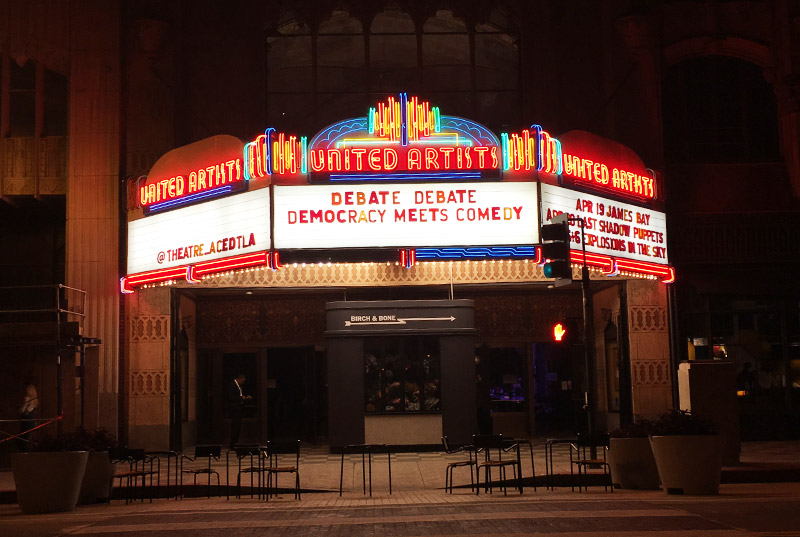
The last few years has seen the live music landscape of Los Angeles change completely. Like the Ace Hotel Theatre, most are utilising buildings that have stood for a hundred years, laced with history, being granted new life while taking the city back to its Golden Age by their very aesthetic. There’s The Regent which opened in 2014, exactly 100 years after it first opened as a Vaudeville house, sitting empty since the early 1990s. The Teregram Ballroom (pictured below) opened in 2015, a new establishment that sat in the place of the 1913 silent cinema The Playhouse Theater, and is being operated by the same people who run the legendary Bowery Ballroom and Mercury Lounge in New York City.
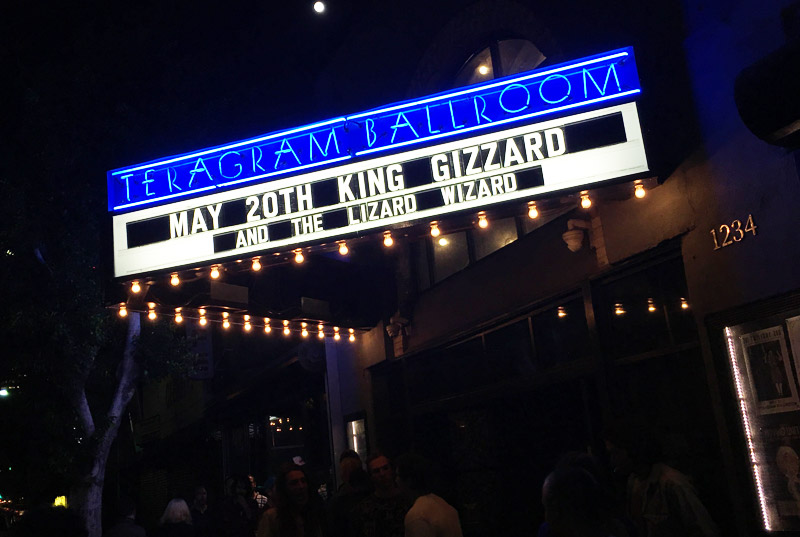
And this is just the tip of the iceberg for nightlife in the city. By the time Bottega Louie (700 S Grand Ave) opened in the historic Brockman Building and helped start a new “Restaurant Row” downtown in 2009, the city has seemed unstoppable in its growth, with new, highly acclaimed restaurants, diners, bars and cafes seeming to pop up weekly. But when it comes to food, there have always been some great options if you knew where to look. Little Tokyo, for instance, has some of the best Japanese food you’ll find in the country.
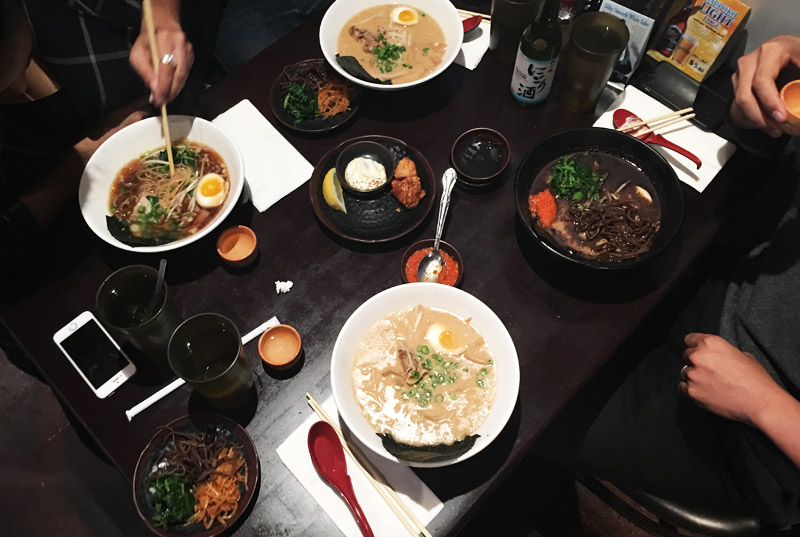
Men Oh Tokushima Ramen (pictured above) may be the best Ramen I’d ever eaten (note I have yet to travel to Japan, so take with that what you will), and Izakaya Honda-Ya (333 Alameda St Suite 314) in the Little Tokyo Galleria Shopping Center is a fantastic dining experience. Also look out for The Angel City Brewery (216 S Alameda St), just around the corner from Little Tokyo, which converted the John A. Roebling building in 2010, providing an incredible array of beers, brewed on site, and feeding guests with a rotating array of LA’s famed food trucks that park outside.
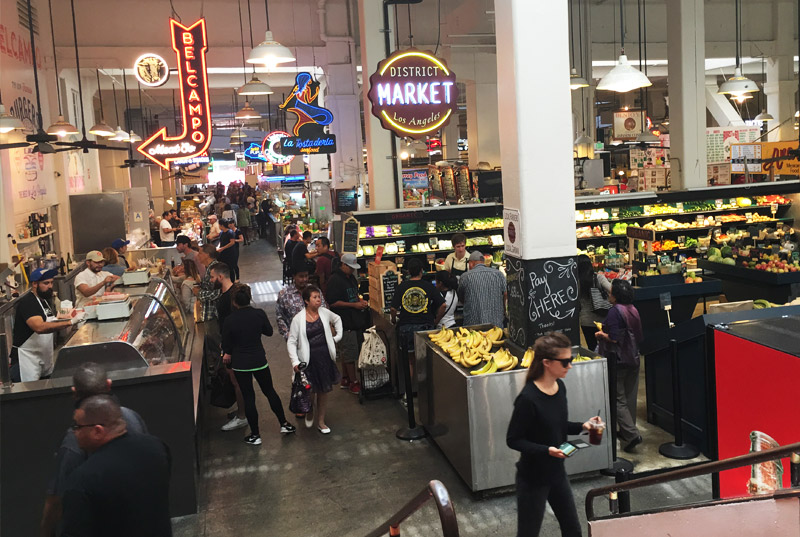
And if you’re looking for a dining experience that has stood the test of time, then look no further than the Grand Central Market (317 S Broadway), which has sat in the city in continuous operation since 1917, on the ground floor of the Homer Laughlin Building. Famed for its classic neon signs that break up the various vendors that operate in the building, the market caught onto the growing trends and population of Downtown Los Angeles in 2013, and encouraged a bigger variety of culinary options to fill up and reinvigorate the space. There’s DTLA Cheese and Kitchen and their now famous Grilled Cheese Sandwiches, Eggslut with their cheeky name and brilliant breakfasts and Sticky Rice, which specialises in some phenomenal “Thai Comfort Food”. You can see all the vendors HERE.
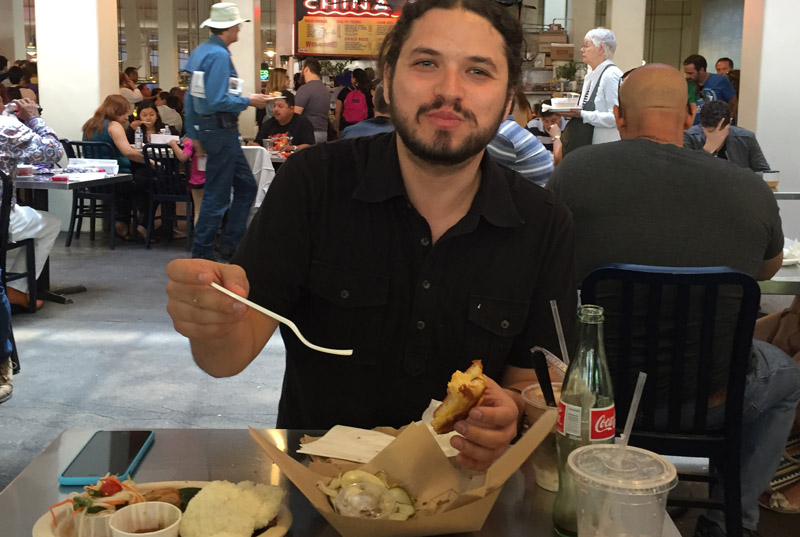
But not all developments have been reused space, mind you. Development rules were relaxed further in 2007, permitting larger and denser complexes, so long as 15% of units were designated for low-income residents. Los Angeles residents started taking quick note of the wide range of accommodation options popping up downtown, and between 2006 and 2008, the population of Downtown LA increased by almost 40% – and it seems that new residences can’t be built quick enough to meet demand. To supplement the growing traffic to the area, there have also been a number of brand new buildings catering to the arts.
My memories of arts and culture in Downtown Los Angeles in the 90s is solely represented by the Ahmanson Theatre, which held a great deal of the Broadway productions that would come to the city – when they didn’t play the Pantages in Hollywood. In the 1920s, however, the area was a vibrant and bustling intersection for the arts, and in 2016, whether its one of the live music venues mentioned earlier, or a range of newer buildings, Downtown Los Angeles feels more vibrant in its artistic expression than ever before. Right across the road from the Ahmanson now sits the iconic Walt Disney Concert Hall, which opened in 2003 after more than 15 years of development. And across the street from it is The Broad (221 S Grand Ave), which itself is across the street from the Museum of Contemporary Art (MOCA), all together forming an enviable arts and entertainment district.
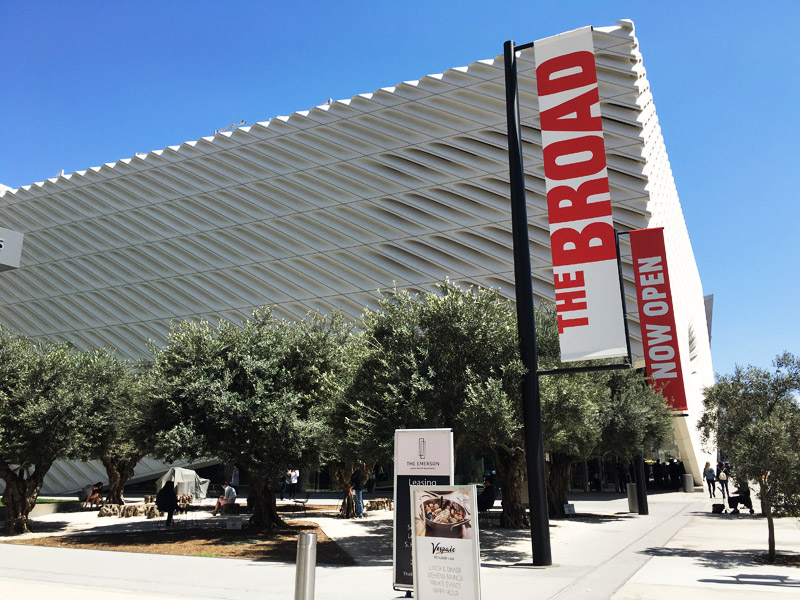
The Broad opened in September 2015 and houses the collection of Edythe and Eli Broad (currently the 65th wealthiest person in the world), after whom the museum is named. Their permanent collection is free to enter, but the 120,000-square-foot museum only permits a small capacity at a time, so make sure to get there with enough time to line up for entry. Even after almost a year, the demand remains strong for LA’s newest arts destination.
Diller Scofidio + Renfro’s beautifully designed structure takes you up an escalator on entry to a floor filled with rooms dedicated to different artists; almost entirely influential artists from the United States from the last 50 years. They’re among the best known; individuals who Broad started collecting early in their careers: Koons, Warhol, Lichtenstein and Basquiat are all here, alongside relatively lesser known artists like Cady Noland. Some come from abroad, like Hirst from England or El Anatsui from Ghana, however they are an exception to the rule.
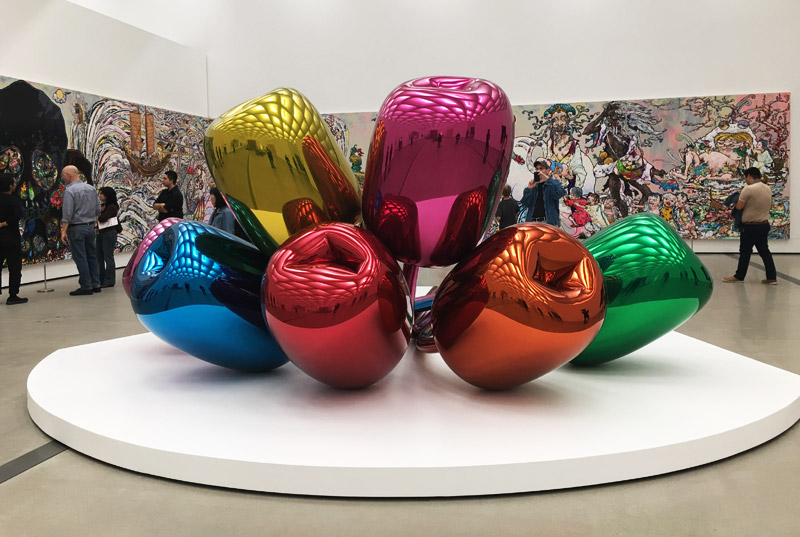
Look out for the explicit works of Kara Walker, examining the horrors of slavery through silhouettes, a highlight of the collection. There is a strong effort to present works as they were originally intended, like Warhol’s Dance Diagram [3] [“The Lindy Tuck-In Turn-Man”], which sits encased on the ground – and a free, downloadable app is available to tell you more about many of the works you see.
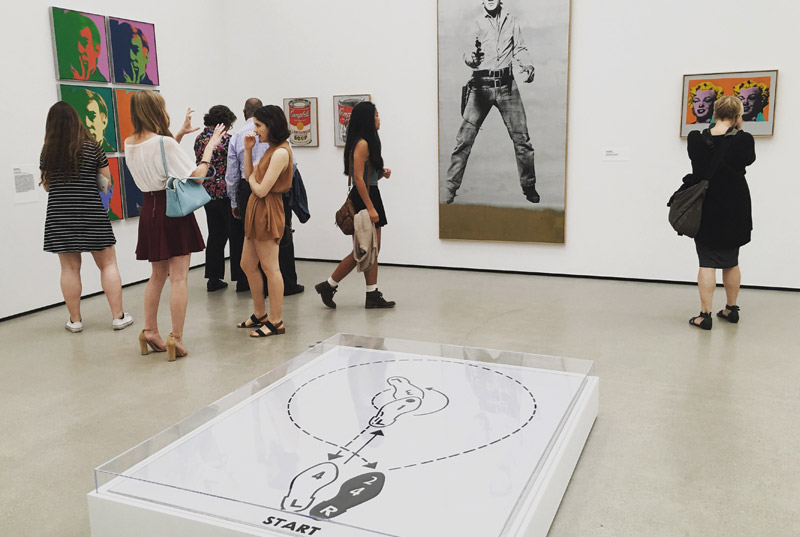
The changes to Downtown Los Angeles will continue into the foreseeable future, as more and more buildings are erected, while others are revitalised. Every time I visit the city it’s filled with more incredible attractions, amongst a bigger population and cleaner streets. Meanwhile, the Metro network still has a lot of additions still to come. The major one for the purposes of this article will be a light rail system through Downtown LA that will make it even easier to connect between the various rail lines that terminate Downtown (Blue, Gold and Expo Lines). This is expected to be completed by 2020.
The revitalisation of Downtown Los Angeles is one of the most impressive to take place in the Western World in the least twenty years – though in many ways it was simply the case of a city looking at what had worked for it in the earlier parts of the 20th Century: good public transport options, excellent culture, impressive hotels. All things that DTLA used to have in droves. How it took them 60 years to figure that out is anyone’s guess, but the benefit is ours, because it’s now an essential destination for any traveller to the region, and perhaps entering a new Golden Age of its own merit. And if Woody Allen thinks that “nostalgia is denial – denial of the painful present” (as uttered by Michael Sheen’s Paul in Midnight in Paris), then more cities should embrace that denial. Sometimes we have to look back to move forward.
How to Get To Downtown Los Angeles
Just about every airline carrier in the world offers service to Los Angeles. Virgin Australia, Delta, United, American Airlines and Qantas are the five carriers that will fly you there direct from the East Coast of Australia. Air New Zealand, Fiji Airways and Hawaiian Airlines are the carriers that will take you there with a brief stop off in their home hubs in the Pacific en route. Once at LAX, there are a few options to get yourself Downtown, if you’re not renting a car.
In 2019, a new light rail service will open to LAX, which will connect the airport by rail for the first time. For now, you can jump on the FlyAway Shuttle Bus to Union Station downtown for $8, which is great (and highly reliable) if you’re a solo traveller. Or jump in an Uber, which doesn’t cost too much more, depending on the time of day – and is especially affordable for multiple parties, or if using UberPool. Just make sure you have a SIM card that works in the US for when you land. Once you’re Downtown, you can access to the rest of Hollywood and Los Angeles with ease – the new Expo Rail Line, for instance, will have you in Santa Monica Beach in less than an hour, and the Amtrak at Union Station, or one of the four other Metro lines, will take you just about anywhere else.
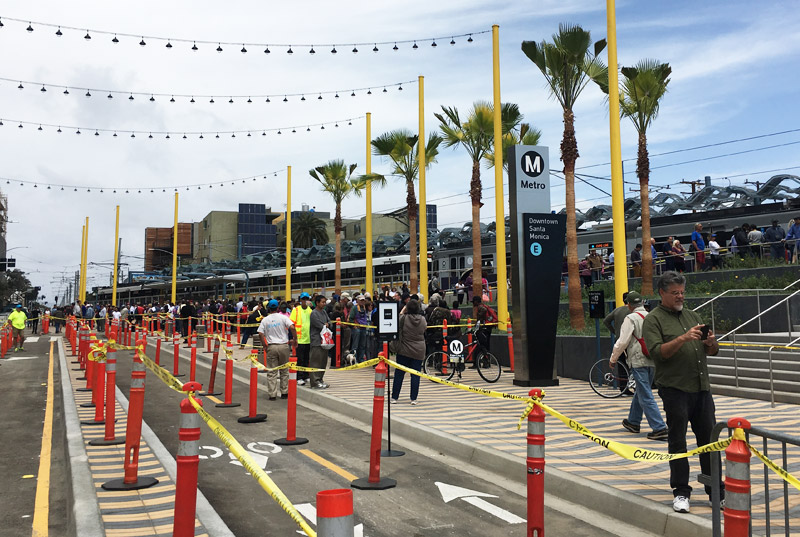
All photo by the author. The author visited Downtown Los Angeles with the support of Discover Los Angeles, and stayed as a guest of the Ace Hotel. You can read our review of the hotel HERE. Special thanks to the Grand Central Market and the Broad Museum for accommodating the author.
———-
